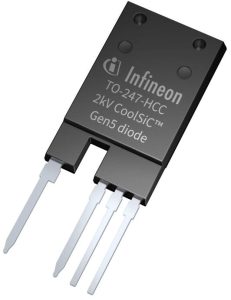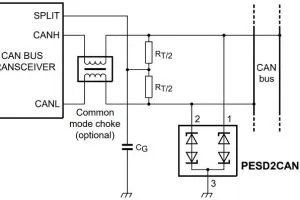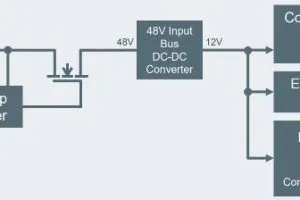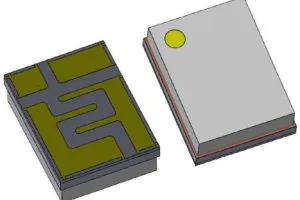
IDYH80G200C5 is the 80A 2,000V part, which comes packaged in four-lead TO-247PLUS-4-HCC, with 14mm creepage and 5.4mm clearance. Only two of the leads are used – the two adjacent to the creepage slot. The cathode is connected to the separated pin as well as the back-side heat dissipation pad.
In December, Infineon is due offer the same 2kV Schottky die in a two-lead TO-247-2 package.
Earlier this year, in the spring, the company announced 2kV mosfets in the same TO-247Plus-4 HCC.
“Many industrial applications are transitioning to higher power levels, achieved through increased dc link voltage,” said Infineon. This “first discrete silicon carbide diode on the market with a breakdown voltage of 2,000V allows developers to achieve higher power levels in their applications with only half the component count of 1,200V solutions and enables a smooth transition from multi-level topologies to to-level topologies.”
Forward voltage is typically 1.5V (1.75V max) at 25°C, rising to 2.3V at 150°C, while 2kV reverse leakage is typically 40μA (1.2mA max) at 25°C, rising to 290μA at 150°C.
Total capacitance is 9.1nF at 1V, 365pF at 600V and 245pF at 1.5kV.
80A is the maximum continuous current with a case temperature of 148°C, which can be increased to 101A with the case at 135°C. 10ms half sine surges can repeatedly reach 240A with a 100°C case, and at 150°C a single 399A 10ms half-sine surge can be handled.
Operation is over -55 to +175°C, and other limits are 796A2s 10ms I2t at 150°C, and 656W total power rating at 25°C. Up to 1.5kV, transients at 100V/ns can be withstood.
Solar inverters and electric vehicle chargers are two potential applications.
 Electronics Weekly
Electronics Weekly



